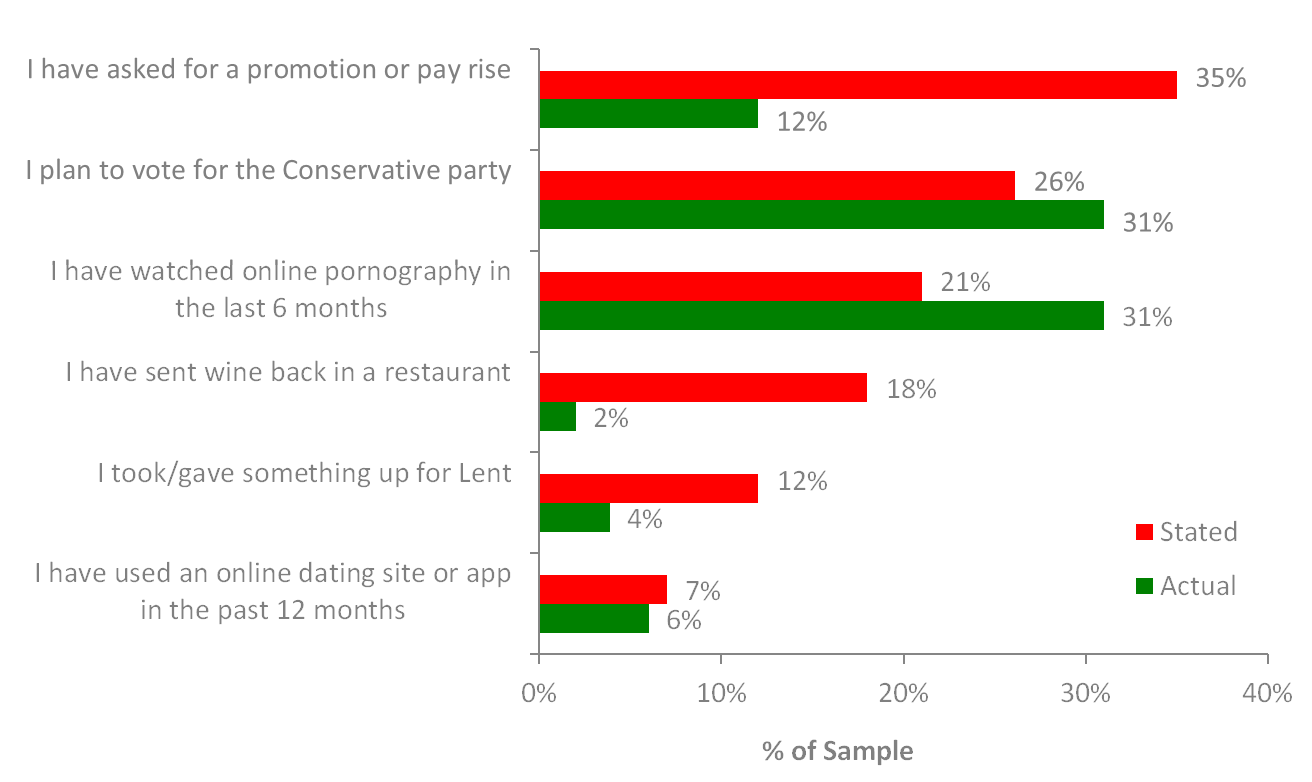Chances Are: Shy Tory Effect
Posted: 07/06/2017

“The Shy Tory effect is still at play, and will keep Theresa May in power”

In the run up to the General Election we revisit the well-known Shy Tory phenomenon to see whether it’s still at play two years after the pollsters’ collective failure to predict the scale of the Conservative majority in the 2015 General Election. When Theresa May called this snap election on April 18th commentators predicted a landslide for the Conservative Party while the divisive nature of Corbyn’s leadership was giving the Labour Party trouble in the polls. In this context, we wanted to investigate whether the ‘social taboo’ of voting Tory is diminished when we’re told that the majority of voters will do so, and whether it could even go so far as to create a ‘Shy Labour’ effect.
As outlined in our previous post, the polling issues seen in 2015 were not unique. Though commentators continue to be surprised when the results come in, polling figures have under-stated the proportion voting Conservative in the last six British General Elections spanning over the last 25 years. Voters are fundamentally embarrassed to admit that they plan to vote Tory but not embarrassed enough for this to change their actual voting behaviour. Similar social effects was seen in those planning to vote to leave the EU in the 2016 EU Referendum.
Changing the structure or sampling of election polls will not be enough to compensate for this issue. The format of polling needs to be updated to account for the social implications of responses, and for this reason we propose the Unmatched Count Technique as a solution (see here for details). This technique provides anonymity to respondents, therefore encouraging honesty.
To measure the degree to which the Shy Tory effect will be at play in the June 8th election we compare the stated voting intentions of those asked directly, as they would in a poll, against those asked through the Unmatched Count Technique. When asked directly, 26% of the British public stated that they were planning to vote for a Conservative party candidate, with older respondents, higher income respondents and male respondents significantly more likely to state this intention. A further 24% of respondents were still undecided, while 7% plan not to vote. The Unmatched Count Technique, on the other hand, finds 31% planning to vote Conservative, showing an ‘embarrassment factor’ of x1.16. This is higher than the x1.11 embarrassment factor seen between the polls and actual results of the 2015 General Election. This indicates that not only is the Shy Tory effect still at play it has slightly increased.
Based on these results we predict that come Friday morning Theresa May will still be in power. If you look at the directly stated intentions of the decided voters only, the Tories are taking a 38% proportion. We predict that the Shy Tory effect will boost this further and give the Conservative Party the majority that they need to stay in power.